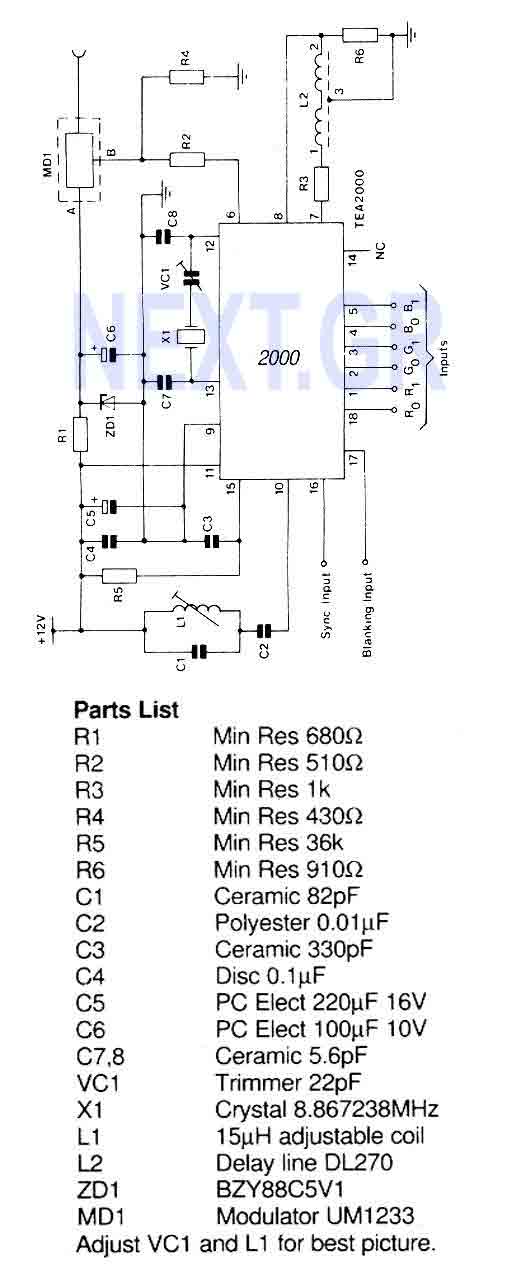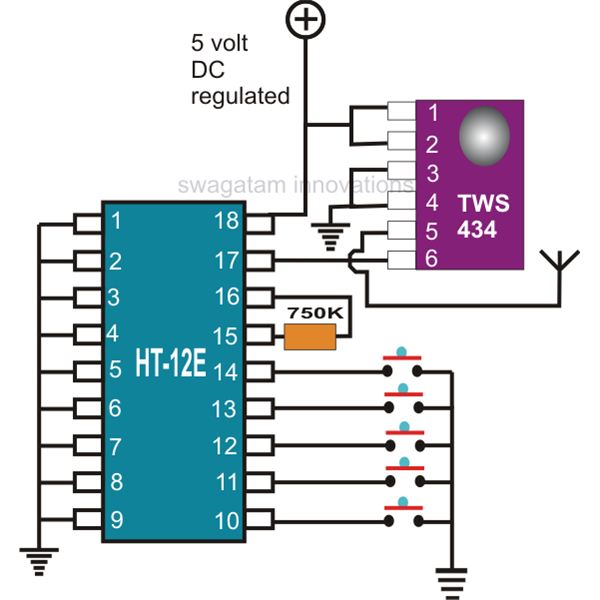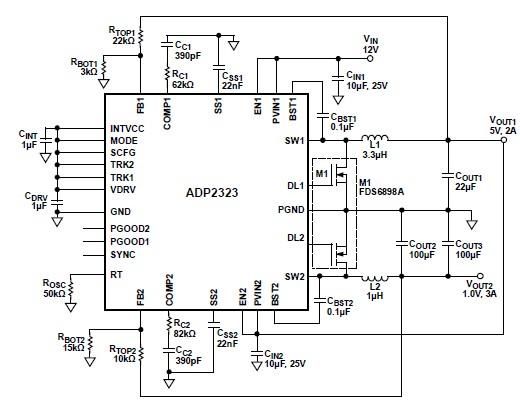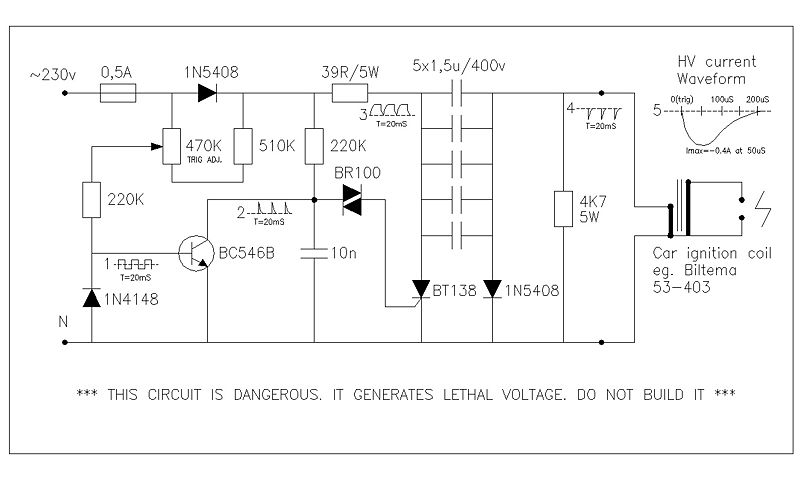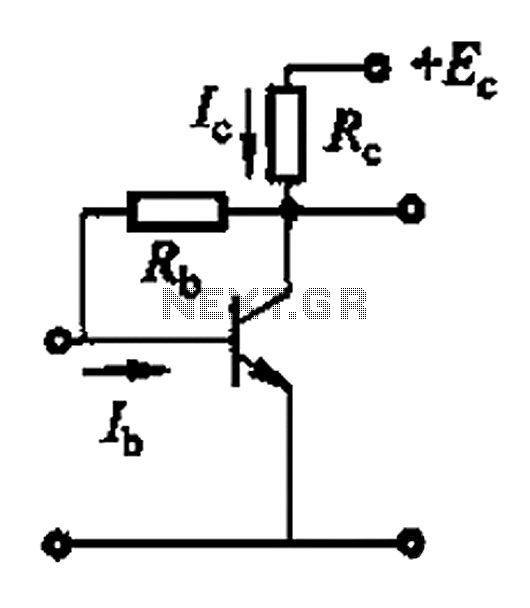
Electronic Keys and Locks Circuits-Digital Code Locks-Combination and Transistor Code Locks

Circuit diagram schematics of electronic keys, electronic locks, digital electronic locks, transistor code locks, and combination electronic locks.
The circuit schematics for electronic locking mechanisms encompass a variety of designs tailored to enhance security and convenience in access control systems.
1. **Electronic Keys and Locks**: These systems typically utilize a microcontroller to manage access permissions. An electronic key, often in the form of a key fob or card, communicates with the lock via RFID or infrared signals. The circuit includes a reader module that detects the key's signal, a microcontroller that processes the input, and a motor driver that actuates the locking mechanism.
2. **Digital Electronic Locks**: These locks employ a keypad interface where users input a numerical code to gain access. The schematic includes a keypad matrix, a microcontroller for code validation, and an actuator for the locking mechanism. Additional features may include an LCD display to provide user feedback and a buzzer for alert signals.
3. **Transistor Code Locks**: This type of lock uses transistors to control the locking mechanism based on a specific input code. The circuit design includes a series of switches or buttons connected to a transistor array, which activates the lock when the correct sequence is entered. The transistors serve as electronic switches, providing a robust method to control the power to the locking mechanism.
4. **Combination Electronic Locks**: These locks require a combination of inputs, often from both a keypad and a biometric sensor. The schematic integrates a microcontroller that processes multiple input types, ensuring enhanced security. The circuit may also feature a backup battery system to maintain functionality during power outages.
Overall, these electronic locking systems represent a convergence of various technologies, including microcontrollers, sensors, and actuators, to provide secure and efficient access control solutions. Each design can be customized based on specific security requirements and user preferences, making them versatile for residential and commercial applications.Circuit diagram schematics of Electronic Keys, Electronic Locks,Digital Electronic Locks,Transistor Code Locks,Combination Electronic Locks.. 🔗 External reference
The circuit schematics for electronic locking mechanisms encompass a variety of designs tailored to enhance security and convenience in access control systems.
1. **Electronic Keys and Locks**: These systems typically utilize a microcontroller to manage access permissions. An electronic key, often in the form of a key fob or card, communicates with the lock via RFID or infrared signals. The circuit includes a reader module that detects the key's signal, a microcontroller that processes the input, and a motor driver that actuates the locking mechanism.
2. **Digital Electronic Locks**: These locks employ a keypad interface where users input a numerical code to gain access. The schematic includes a keypad matrix, a microcontroller for code validation, and an actuator for the locking mechanism. Additional features may include an LCD display to provide user feedback and a buzzer for alert signals.
3. **Transistor Code Locks**: This type of lock uses transistors to control the locking mechanism based on a specific input code. The circuit design includes a series of switches or buttons connected to a transistor array, which activates the lock when the correct sequence is entered. The transistors serve as electronic switches, providing a robust method to control the power to the locking mechanism.
4. **Combination Electronic Locks**: These locks require a combination of inputs, often from both a keypad and a biometric sensor. The schematic integrates a microcontroller that processes multiple input types, ensuring enhanced security. The circuit may also feature a backup battery system to maintain functionality during power outages.
Overall, these electronic locking systems represent a convergence of various technologies, including microcontrollers, sensors, and actuators, to provide secure and efficient access control solutions. Each design can be customized based on specific security requirements and user preferences, making them versatile for residential and commercial applications.Circuit diagram schematics of Electronic Keys, Electronic Locks,Digital Electronic Locks,Transistor Code Locks,Combination Electronic Locks.. 🔗 External reference

